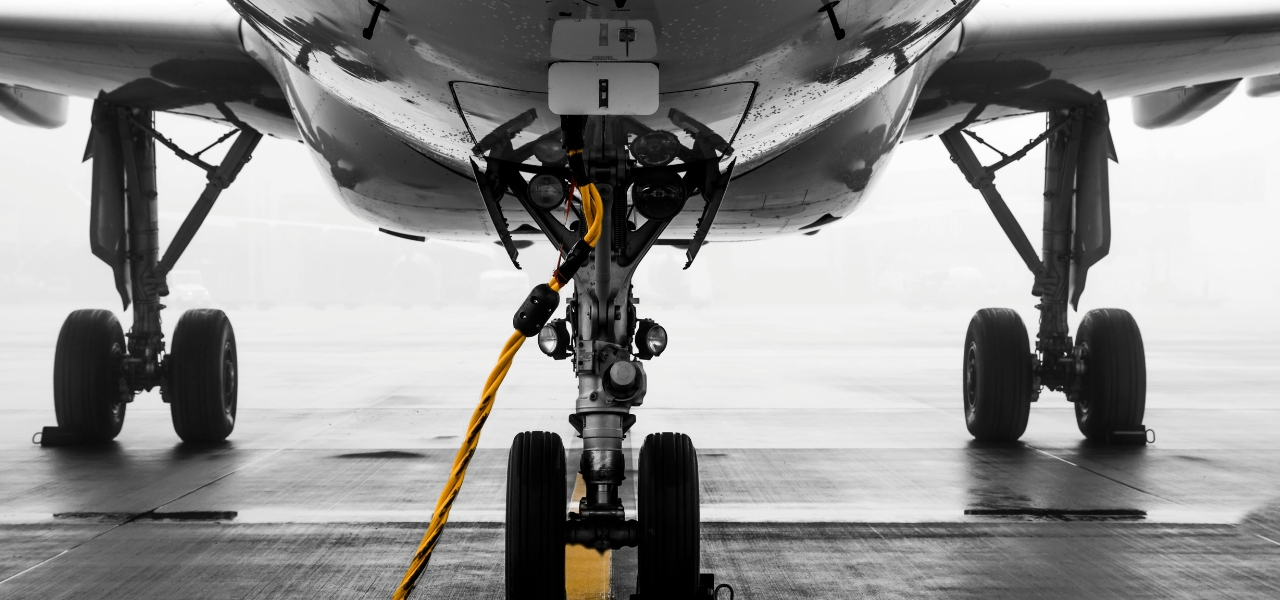The aviation industry is undergoing a paradigm shift as companies explore alternative propulsion technologies to improve efficiency, reduce noise, and cut emissions. One of the most promising innovations comes from Jetoptera, a company pioneering bladeless jet propulsion. This disruptive technology, inspired by fluidic propulsion principles, eliminates traditional fan blades and instead utilizes high-speed airflow for thrust generation.
The result? A more compact, efficient, and quieter propulsion system that could revolutionize both urban air mobility (UAM) and commercial aviation.
What Are Bladeless Jet Engines?
Jetoptera’s bladeless propulsion system is based on a physics concept known as the Fluidic Propulsive System (FPS). Unlike conventional turbofans or turboprops, which rely on rotating blades to generate thrust, Jetoptera’s FPS uses a compressed gas stream injected into an ambient airflow, amplifying its velocity through entrainment and acceleration. This principle is derived from the Coandă effect, which describes how a fluid jet follows a curved surface, creating lift and propulsion without the need for mechanical fans.
Key advantages of this system include:
- Compact Design: Eliminating fan blades significantly reduces size and weight, enabling integration into smaller aircraft and UAVs.
- Enhanced Efficiency: The entrainment process multiplies airflow output relative to the input energy, improving fuel efficiency.
- Lower Noise Emissions: With fewer moving parts and reduced mechanical turbulence, Jetoptera’s FPS generates considerably less noise than conventional engines.
- Versatile Applications: The bladeless propulsion system can be adapted for vertical takeoff and landing (VTOL) aircraft, drones, and even high-speed fixed-wing planes.
Technical Breakdown: How Jetoptera’s FPS Works
At its core, Jetoptera’s FPS utilizes:
- Compressed Gas Source: The engine injects a high-energy gas stream into an aerodynamic duct.
- Air Entrainment: The system entrains and accelerates surrounding air, amplifying thrust.
- Directed Flow Control: The air is guided through nozzles to produce high-velocity output, achieving lift and propulsion.
Compared to conventional jet engines, which rely on multiple compressor and turbine stages, Jetoptera’s system simplifies propulsion mechanics. This reduction in complexity lowers maintenance costs, improves reliability, and enhances performance, especially in VTOL aircraft.
Potential Applications in Modern Aviation
Jetoptera’s bladeless propulsion technology opens up a range of applications, including:
Urban Air Mobility (UAM) and eVTOL Aircraft
With the rise of eVTOL (electric vertical takeoff and landing) aircraft, manufacturers seek compact and efficient propulsion systems. Jetoptera’s FPS enables eVTOLs to operate with greater efficiency and quieter operation, crucial for urban environments. The lack of large, rotating blades reduces safety concerns, making it a strong contender for future air taxis.
Unmanned Aerial Vehicles (UAVs) and Military Drones
Military and defense applications demand stealth, efficiency, and agility. Jetoptera’s bladeless propulsion enhances UAVs with reduced acoustic signature, making them harder to detect by radar and infrared sensors. The lightweight design also allows drones to carry heavier payloads without compromising range.
Commercial Aviation and High-Speed Aircraft
Beyond VTOL and drones, FPS technology could potentially improve commercial jet propulsion. With its ability to operate at supersonic speeds without traditional turbines, Jetoptera’s innovation may play a key role in next-generation high-speed travel.
Challenges and Future Prospects
Despite its advantages, Jetoptera’s bladeless jet engine technology still faces challenges:
- Energy Source Optimization: Current prototypes require an external compressed air source. Future iterations must integrate onboard energy-efficient compressors.
- Scaling for Large Aircraft: While effective for small aircraft and UAVs, adapting FPS for large commercial jets requires significant engineering advancements.
- Regulatory Approval: Aviation authorities must assess safety and performance benchmarks before mainstream adoption.
A New Era of Propulsion
Jetoptera’s bladeless jet engines mark a breakthrough in aerospace engineering, promising quieter, more efficient, and adaptable propulsion for various aviation sectors. While challenges remain, the rapid advancement of fluidic propulsion and related energy technologies could make bladeless flight a reality within the next decade. Aerospace companies are pushing the boundaries of innovation. Jetoptera’s FPS stands as a testament to the future of sustainable and efficient aviation.
Tags:
Emerging IndustriesRoboticsTechnology TrendsAuthor - Jijo George
Jijo is an enthusiastic fresh voice in the blogging world, passionate about exploring and sharing insights on a variety of topics ranging from business to tech. He brings a unique perspective that blends academic knowledge with a curious and open-minded approach to life.
